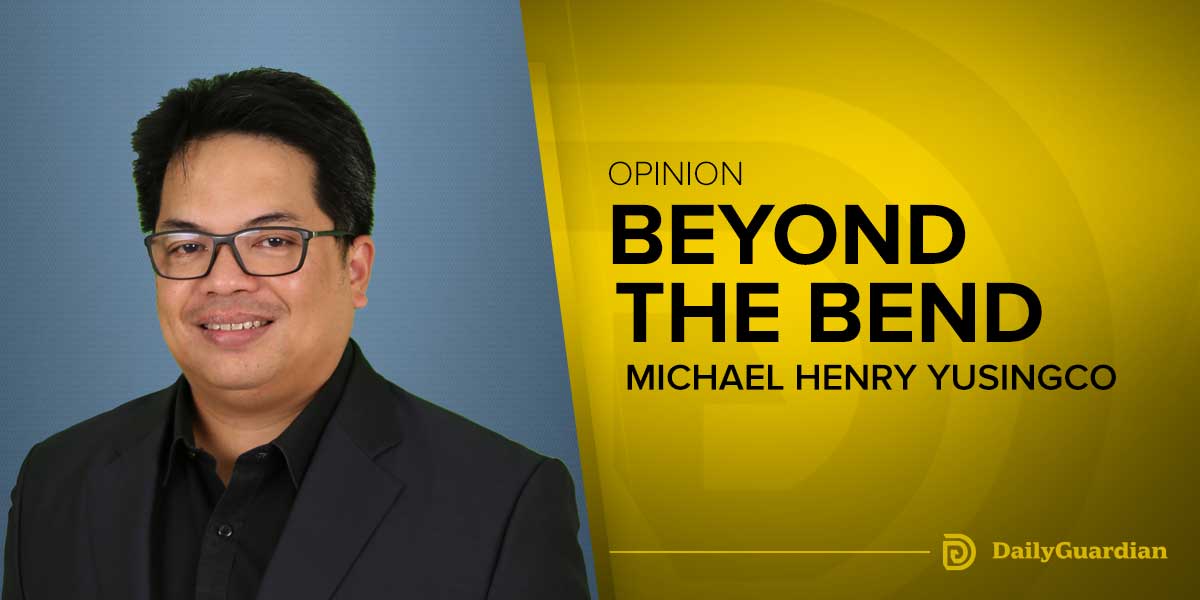
By Modesto Palacios Sa-onoy
The universal concept of press freedom is intertwined in its instrument called the press, or in its locally-bounded character, the community press, and the practice and scope which is termed community journalism.
The freedom or independence of the press and its exercise is imperative in order to fully attain their objective – to inform and educate the people of their inalienable right and duties; and expose, criticize and even chastise to establish and maintain an orderly society. These functions are more relevant in a geographically defined space of a community where relations are personal and familiar.
One of America’s Founding Fathers, Thomas Jefferson considered the vital relations of these two imperatives, press and freedom, of a democratic society when he wrote James Madison, “Malo periculosam, libertatem quam quietam servitutem.” (I prefer the tumult of liberty to the quiet of servitude.)
He went further to say that he chooses a society without a government than one without a free press. In effect, Jefferson laid down the foundation of what a press, or the exercise of journalism is all about – the necessary instrument for the voice of the people regardless of its tumultuous tendencies.
The journalist is oftentimes viewed as harsh and cruel in the formulation of his expressions but our laws protect him with that “privilege” provided he refrains from tainting his written peroration with malice, sometimes a difficult road to tread. But as the saying goes, “there is always a way to skin a cat” and journalists take even that risky road to get their message out.
The use of the internet and digitalization of news during the last thirty years have taken a toll on the number of people in the newsroom and from the field. Many newspapers have closed and others trimmed their workforce to a bare minimum.

The situation in the US, as in the Philippines has alarmed the Federal Communications Commission after a study on the impact of the downsizing of the newsroom.
According to the FCC, “the lay-offs that gutted newsrooms in recent years have resulted in stories not written, scandals not exposed, government waste not discovered, health dangers not identified in time, local elections involving candidates about whom we know little” and many more.
The report added: “The independent watchdog function that the Founding Fathers envisioned for journalism — going so far as to call it crucial to a healthy democracy — is in some cases at risk.”
This serious concern has done little to stem the tide of journalism taking a back seat in the order of things in the social media world. But it underscores what is lost in the process. While social media are very vocal they represent less of public interest than personal concern or desire to speak out to a wide audience. And they lack the depth of the journalist’s pen.
Community newspapers had since the beginning of the last century been the training ground of journalists and while thousands of them have been published, many had perished along the way, mainly through financial strain. Negros and Panay had community newspapers since the last quarter of the 19th century but most have closed for lack of financial support from the communities they served.
There were other adverse factors like being political tools and becoming irrelevant to the community as they functioned more to serve their patrons than the higher duty of service to the common good. They were mouthpieces and thus also failed to maintain their integrity.
The attraction of community newspapers is its localization. As one American journalist wrote, “People are more interested in what happened in Clark Street than the war in Europe.” National publications cannot cover a wide range of information thus limiting its scope to wider concerns and leaving unreported what happened in the towns.
The community journalist is closer to the scene and setting of events and the people involved in these events. Thus his reports and perspectives have a direct impact on the public.
The community journalist is often torn between fraternal relations than objectivity especially in reporting shenanigans in the local government. However, while on the way towards press independence, community journalism suffered a setback due to martial law in 1972 that banned independent newspapers.
When martial law was lifted, there was the blossoming of community newspapers with a clear new direction – independent and investigative reporting. The emergence of Mass Communications degree courses that graduated journalists, both for print and broadcast created a pool of professionally trained community journalists that enriched the content and styles of local publications.
The advent of the internet that provided news and commentaries at people’s fingertips and without cost adversely affected the community newspaper and some succumbed to the onslaught.
Despite competition from other media forms, however, the study conducted by the US Project for Excellence in Journalism had a startling discovery that “made waves in journalism circles – most news still comes from traditional media, primarily newspapers. Blogs and social media outlets provided little if any original reporting.”
Earlier predictions of the demise of community newspaper were premature. The community journalist continues to function because it has a duty to perform – defend press freedom rather than leave the function to High Tech, Big Finance and Deep Government to decide what to publish and what to keep secret and manipulate our lives.
The continued publication of community newspapers is vital if we want to preserve our freedom of speech and right to information and now, even of our humanity.





















